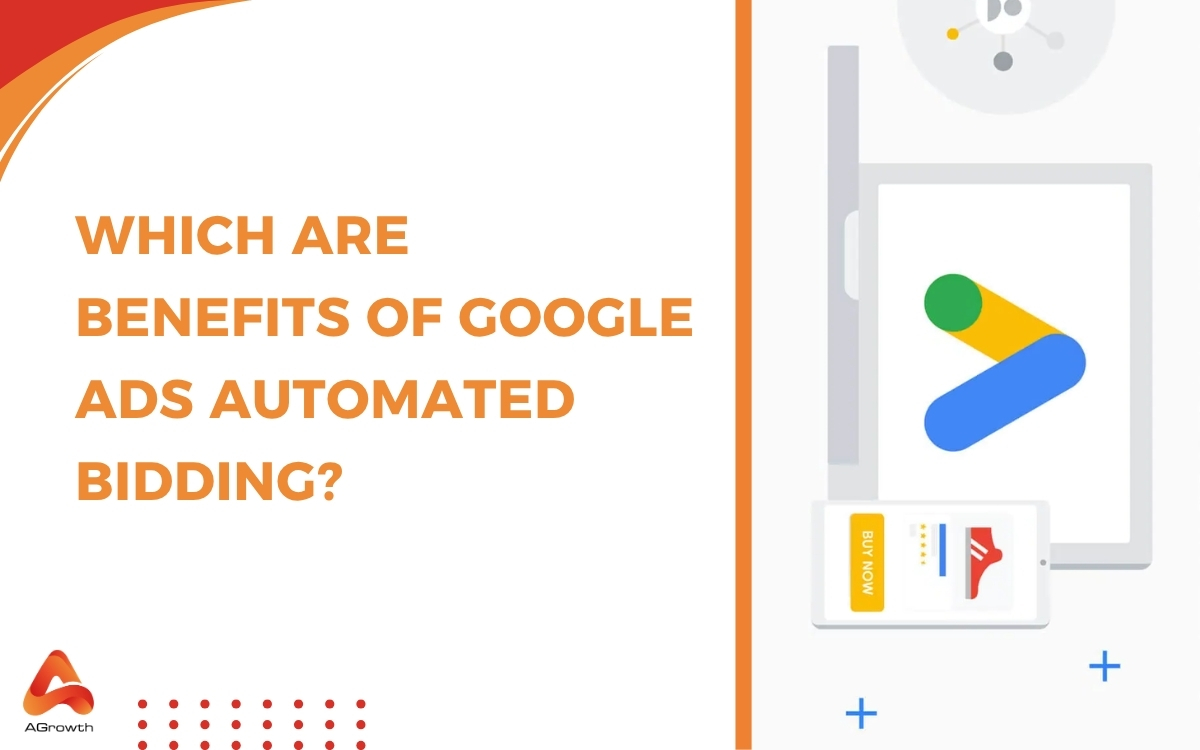
Core Benefits Of Google Ads Automated Bidding
Managing ad campaigns can feel like a never-ending balancing act—tweaking bids, watching budgets, and chasing better results. That’s where Google Ads automated bidding steps in to change the game. Instead of spending hours adjusting settings, we can let machine learning handle the heavy lifting.
With automated bidding, Google Ads uses real-time data to optimize our bids for every single auction. This means we get more clicks and conversions while keeping costs in check. As advertisers, we can focus on strategy and goals, knowing the system’s working behind the scenes to maximize our return on investment.
Understanding Google Ads Automated Bidding
Google Ads automated bidding uses machine learning to manage bids efficiently and adjust them in real time. We gain more accurate control over campaign performance by letting data-driven algorithms determine bid amounts based on campaign goals.
How Automated Bidding Works
Automated bidding in Google Ads analyzes large volumes of real-time data in every ad auction. We see dynamic adjustments made for each bid by tracking signals like device type, location, time of day, and user search behavior. These continuous optimizations align our bids with our main objectives, such as maximizing conversions or return on ad spend. Instead of manually setting and updating bids for each ad group, we let the system react instantly to changes in the market, saving us substantial time and reducing the risk of human error.
Key Components of Automated Bidding
Automated bidding relies on several core components to enhance ad campaign results:
- Machine Learning Algorithms: These algorithms study performance data and predict which auctions are likely to drive our desired results.
- Real-Time Auction Signals: The system adapts to factors like search query context, user device, and historical data to set optimal bid amounts for each impression.
- Bid Strategies: Google Ads offers multiple automated bidding strategies, including Target CPA, Maximize Conversions, and Target ROAS, each optimized for specific campaign goals.
- Performance Feedback Loop: The technology continuously refines its strategy by learning from campaign outcomes, leading to ongoing improvements in efficiency and results.
We achieve better efficiency and campaign impact because these components work together to automate complex bid decisions in real time.
Types of Google Ads Automated Bidding Strategies
Google Ads automated bidding supports multiple strategies, each tailored for distinct campaign objectives. We select these options based on desired performance outcomes, such as increasing traffic or maximizing efficiency.
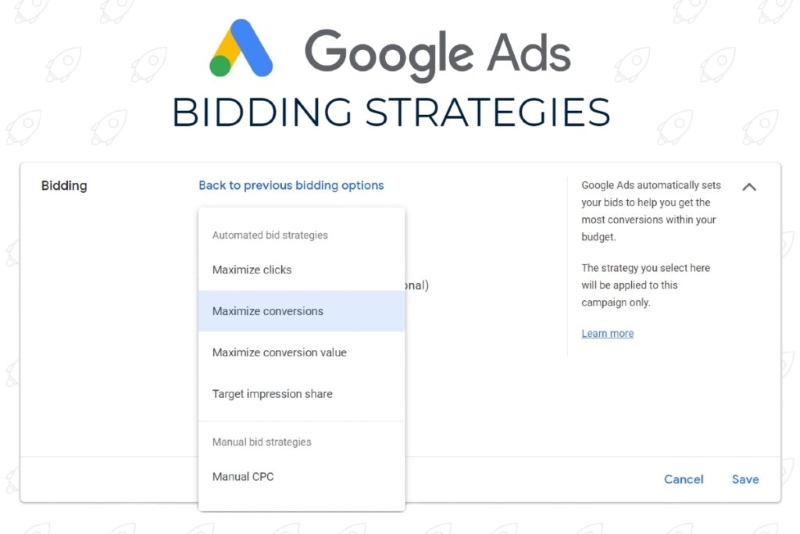
Maximize Clicks Strategy
Maximize Clicks strategy aims to generate the highest possible number of clicks within a set budget. We choose this approach when our primary goal is to boost traffic or brand exposure across large audiences. For example, ecommerce brands often select Maximize Clicks to drive site visits during seasonal promotions. Automated bidding dynamically adjusts each bid using real-time data, considering factors such as device, time, and search query to reach the target click volume.
Target CPA (Cost Per Acquisition) Strategy
Target CPA (Cost Per Acquisition) strategy uses machine learning to drive the most conversions possible at a predefined average cost per acquisition. We use this method when controlling acquisition cost is crucial, such as in lead generation campaigns or when launching new products. Automated bidding sets bids to achieve the target CPA, analyzing conversion signals like user behavior, device, and location for greater accuracy. Businesses track cost efficiency with this strategy by measuring if actual CPA aligns with or falls below the set target.
Target ROAS (Return on Ad Spend) Strategy
Target ROAS (Return on Ad Spend) strategy optimizes bids to achieve a specific revenue return relative to ad spend. We carry out this method when focusing on profitability, not just conversions. For example, online retailers leverage Target ROAS to maximize revenue in high-value product categories. The algorithm predicts conversion value from historical data and adjusts bids in real time, ensuring overall ad spend generates returns at or above the target percentage.
| Strategy | Goal | Example Use Case | Key Parameter |
| Maximize Clicks | Highest click volume | Traffic campaigns, brand awareness | Daily budget |
| Target CPA | Max conversions at set CPA | Lead generation, customer acquisition | Target CPA ($) |
| Target ROAS | Revenue growth, profit focus | Ecommerce, revenue-driven campaigns | Target ROAS (%) |
The Core Benefit: Efficiency and Performance
Google Ads automated bidding delivers measurable increases in efficiency and campaign performance by streamlining the bid adjustment process with machine learning algorithms. Automated bidding analyzes millions of auction-time signals instantly, optimizing our strategy for every impression and enabling faster achievement of business goals.

Time-Saving Benefits
Automated bidding systems minimize the manual workload required for setting and adjusting bids. We reduce hours spent monitoring and responding to fluctuating ad auctions, letting us focus on campaign strategy and analysis. Large campaigns especially benefit from automated adjustments, where the scale would otherwise overwhelm manual processes.
Data-Driven Optimization
Machine learning algorithms use real-time auction data to inform every bid, leading to improved efficiency and greater campaign performance. Our bids adapt instantly to changing signals such as device, time, user location, and past behavior. Automated systems continue learning from campaign outcomes, refining strategies to boost conversion rates and increase overall effectiveness.
Budget Control and Allocation
Smart bidding optimizes spend distribution across ads, keywords, and audiences, ensuring better control and allocation of our advertising budget. The system prevents waste by prioritizing impressions with high conversion likelihood, protecting against overbidding or underspending. Automated bidding enforces budget limits while maximizing return on investment, demonstrated by consistent cost-per-acquisition and strong revenue-to-spend ratios.
Implementing Automated Bidding in Your Google Ads Campaigns
Activating automated bidding in Google Ads starts with aligning our strategy to campaign objectives. Execution depends on structured workflow and ongoing performance analysis to maximize Ads campaign efficiency.
Steps to Set Up Automated Bidding
Setting up automated bidding requires adopting a stepwise approach:
- Identify objectives: We define clear campaign goals, such as maximizing conversions, increasing clicks, or optimizing return on ad spend (ROAS).
- Select bidding strategy: We choose a relevant strategy, like Target CPA, Maximize Conversions, or Target ROAS, matching it directly with our goals.
- Structure campaigns: We organize campaigns, groups, and ads to align with the selected automated bidding strategy for optimal machine learning input.
- Set parameters: We establish budget limits, CPA targets, or ROAS goals depending on the chosen strategy.
- Launch automation: We activate automated bidding through campaign settings in the Google Ads interface.
- Verify tracking: We ensure conversion tracking works accurately so the system optimizes results based on reliable data.
Monitoring and Adjusting Automated Bidding Strategies
Ongoing monitoring and adjustment sustain campaign performance:
- Review performance data: We use Google Ads and Analytics reports to track metrics like conversions, cost per acquisition, and ROAS for each strategy.
- Refine bidding parameters: We adjust targets, budgets, or bid limits when performance data indicates deviation from objectives.
- Test changes: We experiment with alternative bidding strategies in lower volume campaigns to measure impact before broader adoption.
- Detect anomalies: We identify sudden drops or increases in campaign data, using custom alerts or scheduled reports for early detection.
- Continuous optimization: We regularly analyze results and iterate strategies based on shifting campaign goals or market conditions.
| Automated Bidding Implementation Task | Frequency | Key Metric |
| Campaign goal alignment | Initial | Objective match rate |
| Bidding strategy selection | Initial | ROI, CPA, Conversion rate improvement |
| Parameter adjustment | Ongoing | ROAS, Spend efficiency |
| Performance monitoring | Weekly | Conversion volume, CPC, CPA |
| Strategic refinement | Monthly | Budget allocation efficiency |
Implementing and refining automated bidding maintains optimal campaign effectiveness, resulting in increased efficiency and better budget control.
Best practices of Google Ads Automated Bidding
Adhering to best practices in Google Ads automated bidding maximizes campaign efficiencies and supports consistent achievement of our advertising objectives. Each step ensures our bidding strategies remain aligned with business goals for optimal results.
Set clear campaign goals
Defining clear campaign goals in Google Ads automated bidding aligns our bid strategies with measurable outcomes. We identify specific objectives—such as maximizing conversions, improving return on ad spend (ROAS), or increasing website traffic—before selecting a bidding strategy. For example, using Target CPA for lead generation or Target ROAS for ecommerce sales enables the bidding algorithm to focus on our highest-priority metric.
Check conversion tracking
Implementing accurate conversion tracking in Google Ads automated bidding is essential for reliable performance measurement. Setting up conversion tracking allows the algorithm to optimize bids based on verified user actions, like completed purchases or form submissions. Any discrepancies in tracking data limit the ability of machine learning to optimize effectively, so we confirm all critical conversion events are recorded properly.
Monitor and adjustments regularly
Monitoring and making regular adjustments in Google Ads automated bidding ensures sustained performance improvements. We review key performance indicators (KPIs) such as conversion rate, cost per conversion, and ROAS, then adjust bidding parameters in response to significant trends or anomalies. Real-time analysis provides early detection of issues like conversion drops, allowing us to refine strategies for improved results.
| Best Practice | Contextual Benefit | Example Use Case |
| Set clear campaign goals | Align bid strategy with measurable objectives | Target ROAS for ecommerce |
| Check conversion tracking | Ensure accurate bid optimization | Validating purchase tracking |
| Monitor and adjustments | Maintain and improve campaign performance | Adjusting Target CPA settings |
Frequently Asked Questions
What is Google Ads automated bidding?
Google Ads automated bidding uses machine learning to automatically set bids for your ads in real-time. It considers various auction signals to optimize your bids, helping you achieve more clicks or conversions based on your campaign goals without manual effort.
How does automated bidding in Google Ads work?
Automated bidding analyzes large amounts of real-time data, such as device type, location, time of day, and user behavior, during every auction. It then adjusts your bids dynamically to align with your specific objectives, like maximizing conversions or return on ad spend.
What are the main types of automated bidding strategies?
The main types include Maximize Clicks (generates the most clicks within your budget), Target CPA (aims for conversions at a set cost per acquisition), and Target ROAS (optimizes for a specific return on ad spend). Each suits different campaign goals.
What are the benefits of using automated bidding in Google Ads?
Automated bidding increases efficiency by reducing manual bid adjustments, helps maximize campaign performance, improves cost control, and lets you focus more on strategy. With data-driven optimization, it adapts to real-time changes for better results.
How do I implement automated bidding in my campaign?
Start by setting clear campaign objectives, choose the most appropriate automated bidding strategy, structure your campaigns, set relevant parameters, and enable automation. Make sure conversion tracking is in place for accurate performance measurement.
Can I control my budget with automated bidding?
Yes, automated bidding allows you to set daily budgets and maximum limits. It uses smart algorithms to efficiently allocate your budget across ads and keywords, ensuring cost control while maximizing performance.
How often should I monitor automated bidding campaigns?
Regular monitoring is crucial. Review performance at least weekly to catch anomalies, refine bidding parameters, and make data-driven adjustments for continual improvement. Ongoing optimization helps you stay aligned with campaign objectives.
What best practices should I follow for automated bidding?
Set clear measurable goals, use accurate conversion tracking, regularly monitor key performance indicators, and adjust bidding parameters as needed. Consistently applying these practices will improve your campaign outcomes over time.
Is automated bidding suitable for large campaigns?
Yes, automated bidding is particularly useful for large campaigns. It minimizes manual workload, delivers consistent optimization, and allows advertisers to manage complex campaigns efficiently with improved performance.

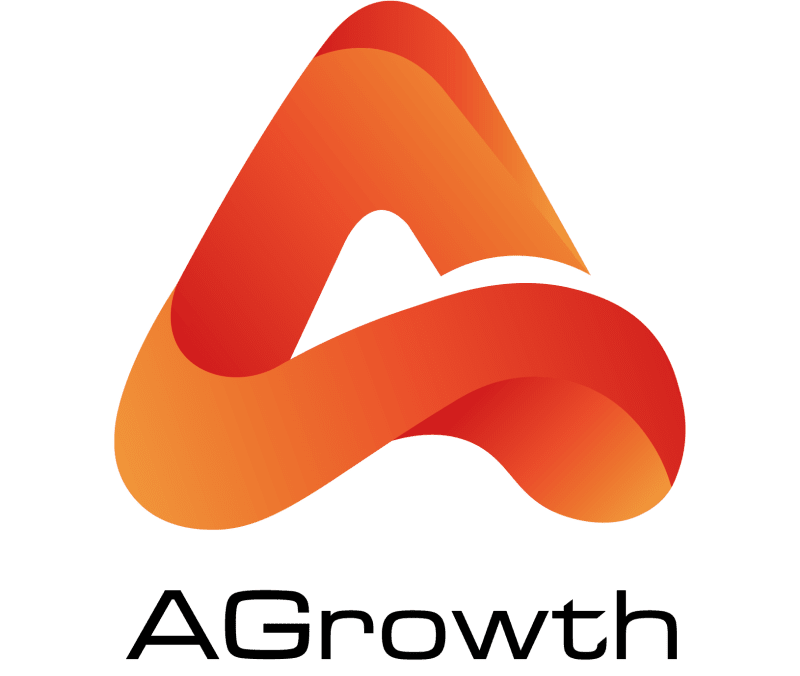
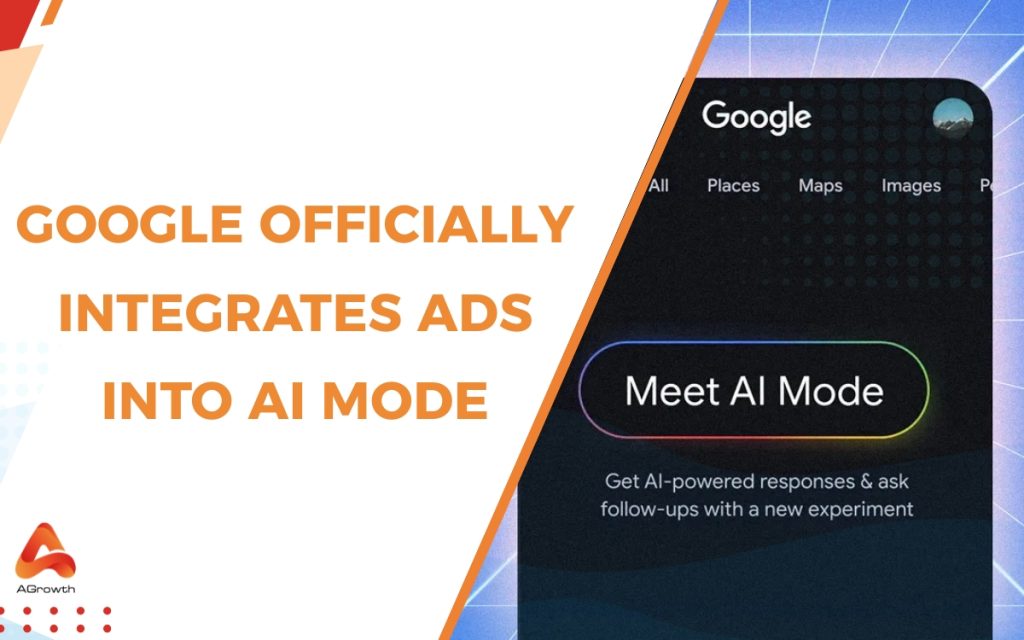


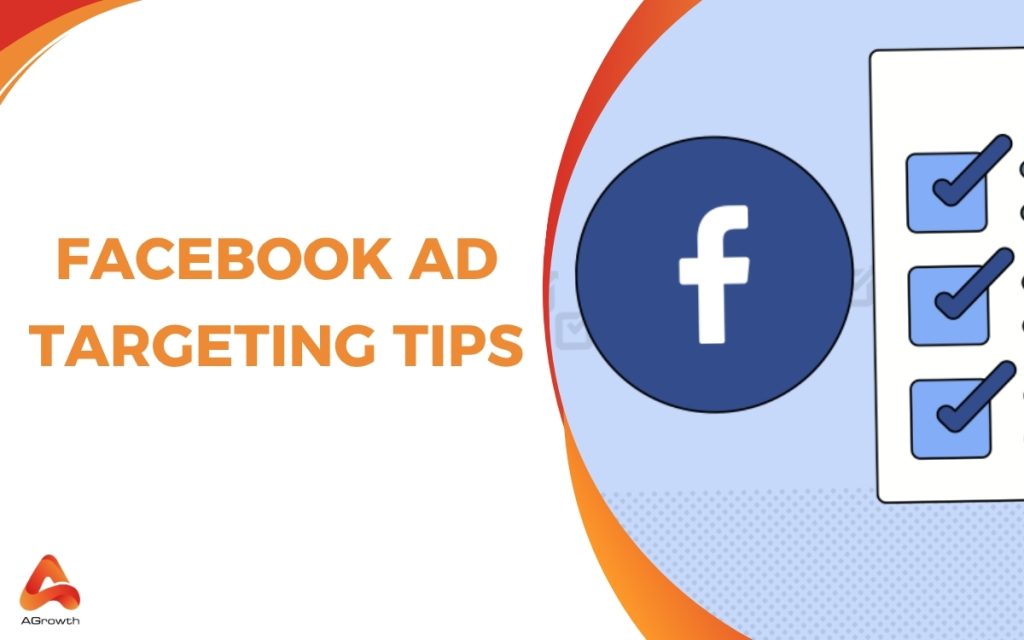
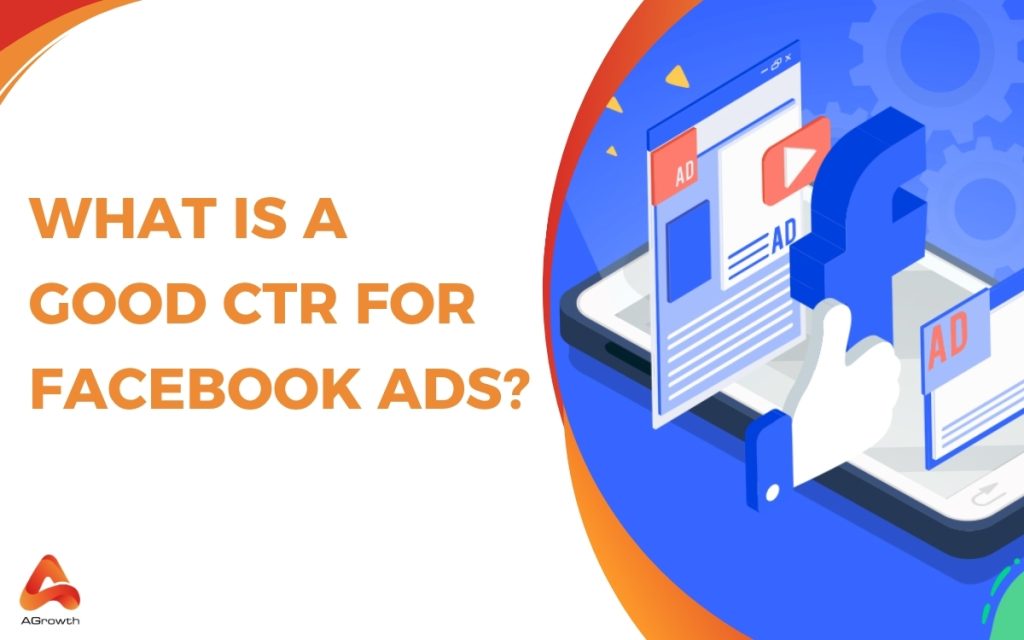
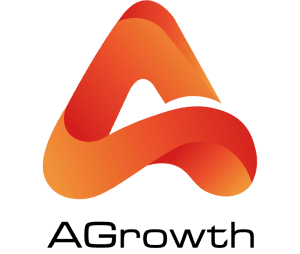




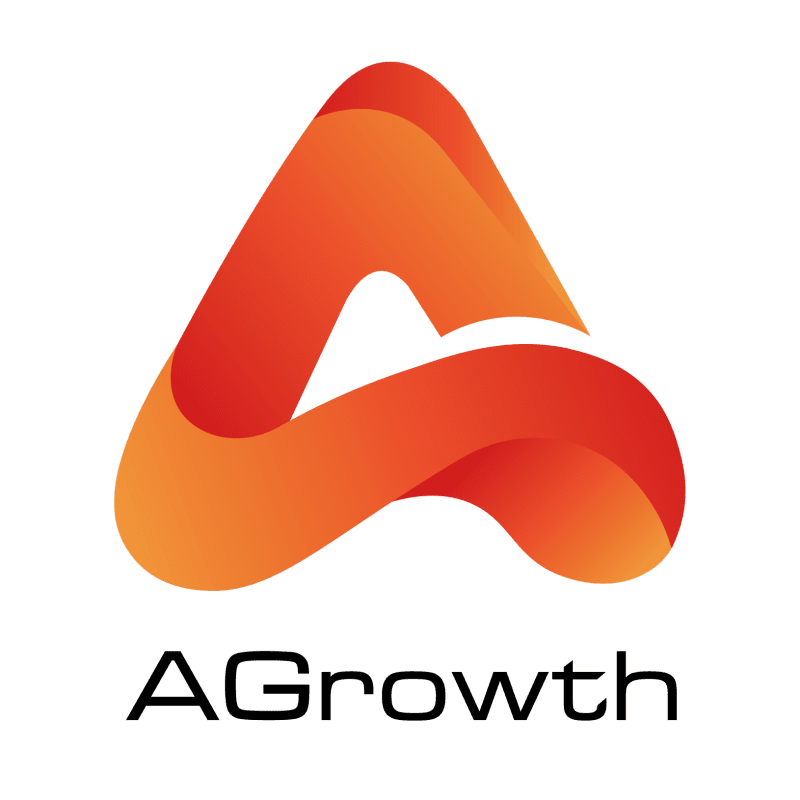
Your comment